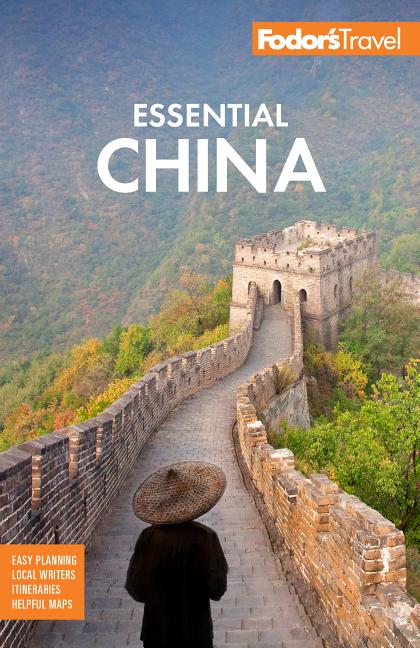Ningbo is one of the country's biggest ports and most prosperous cities. It’s an easy place to explore on foot. Rivers and canals flow through a city that is generously sprinkled with tranquil gardens and parks. Colonial architecture and centuries-old pagodas and temples are mixed (rather unfortunately) with featureless, Eastern Bloc apartment blocks and hideous glass and steel towers. Unlike Shanghai, Hangzhou, and Suzhou, Ningbo is not set up for tourism. This makes it a relaxing and authentic place to explore. Join the locals for bottomless cups of tea and mah-jongg in one of the many parks, or burn through some cash in the city's lively markets, ritzy shopping malls, and trendy nightclubs.
Ningbo, translated as "tranquil waves," sits at the confluence of three rivers (the Yuyao, the Fenghua, and the Yong) that snake their way to the nearby sea. Ningbo's history stretches back thousands of years. In the 7th century, the Tang Dynasty developed a complicated system of canals, and trade with Japan and Korea boomed. The Portuguese, with their keen eye for location, settled in as early as the 16th century, and left behind a fair number of churches that are still in use today. More recently, during the Second World War, the Japanese bombed the city with fleas carrying the bubonic plague.




